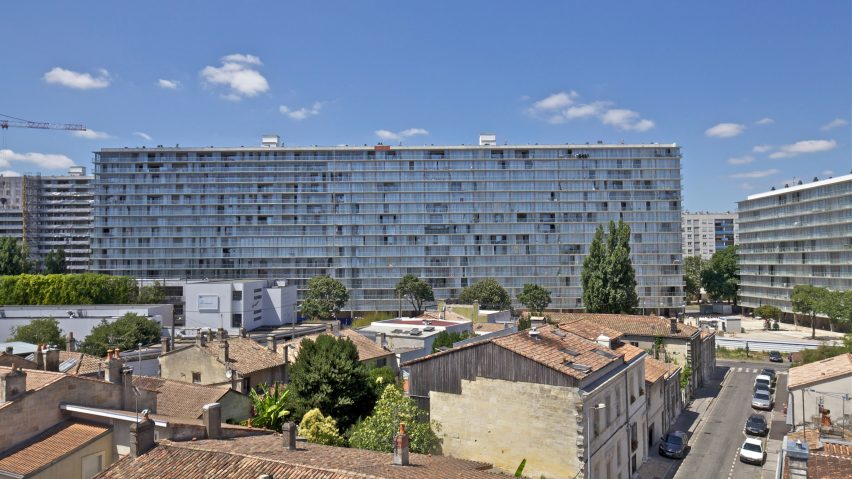
Ten key projects by Pritzker Architecture Prize-winners Anne Lacaton and Jean-Philippe Vassal
Here are 10 key projects by French architect duo Anne Lacaton and Jean-Philippe Vassal, who have been named this year's laureates of the prestigious Pritzker Architecture Prize.
Lacaton and Vassal met in the late 1970s at École Nationale Supérieure d'Architecture et de Paysage de Bordeaux, before establishing their Paris-based studio, Lacaton & Vassal, in 1987.
The architects are best known for their positive attitude to renovation, describing demolition as an "act of violence", as well as their numerous social housing projects across France.
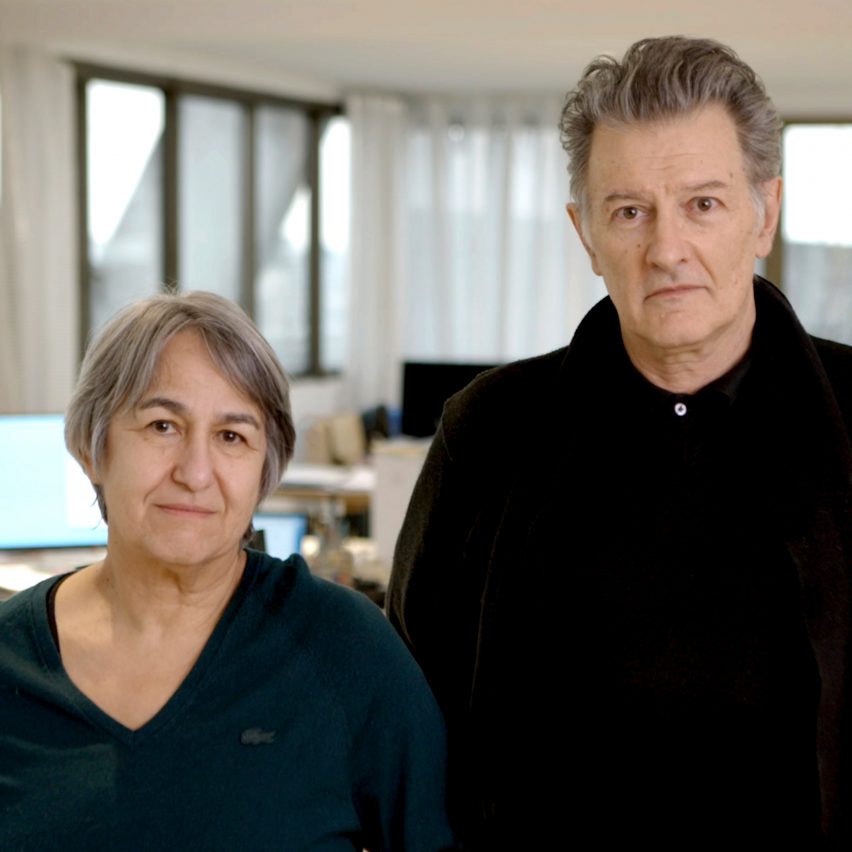
According to the Pritzker Architecture Prize jury, these are the key factors that led them to be recognised in this year's award.
"Not only have they defined an architectural approach that renews the legacy of modernism, but they have also proposed an adjusted definition of the very profession of architecture," the jury said.
Among the duo's key projects are the renovation of a 1960s housing block in Bordeaux and the adaptive reuse of a former shipbuilding workshop in Dunkirk.
Many of their projects incorporate polycarbonate-clad winter gardens and balconies to maximise usable space while ensuring optimal thermal comfort for occupants.
Read on for details of ten notable projects by the duo:
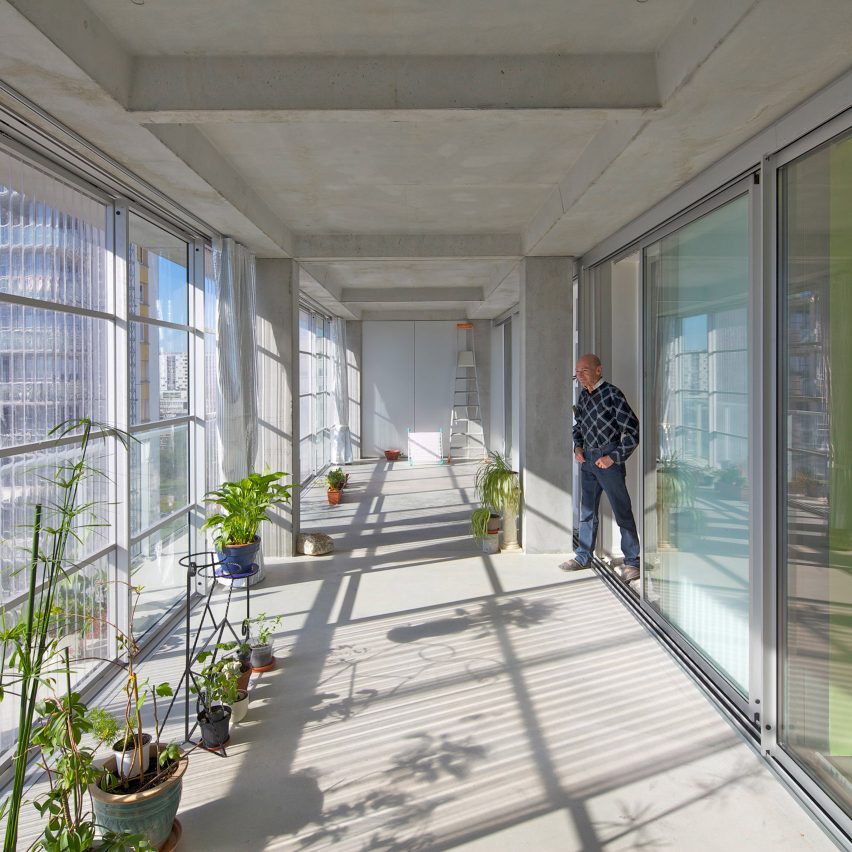
Transformation of 530 Dwellings, 2017, Bordeaux
Transformation of 530 Dwellings is the overhaul of a 1960s social housing block in Bordeaux, which won the Mies van der Rohe Award 2019.
The subtle renovation, carried out by the duo with Frédéric Druot Architecture and Christophe Hutin Architecture, made the homes brighter and provided each one with winter gardens and open-air balconies.
Find out more about Transformation of 530 Dwellings ›
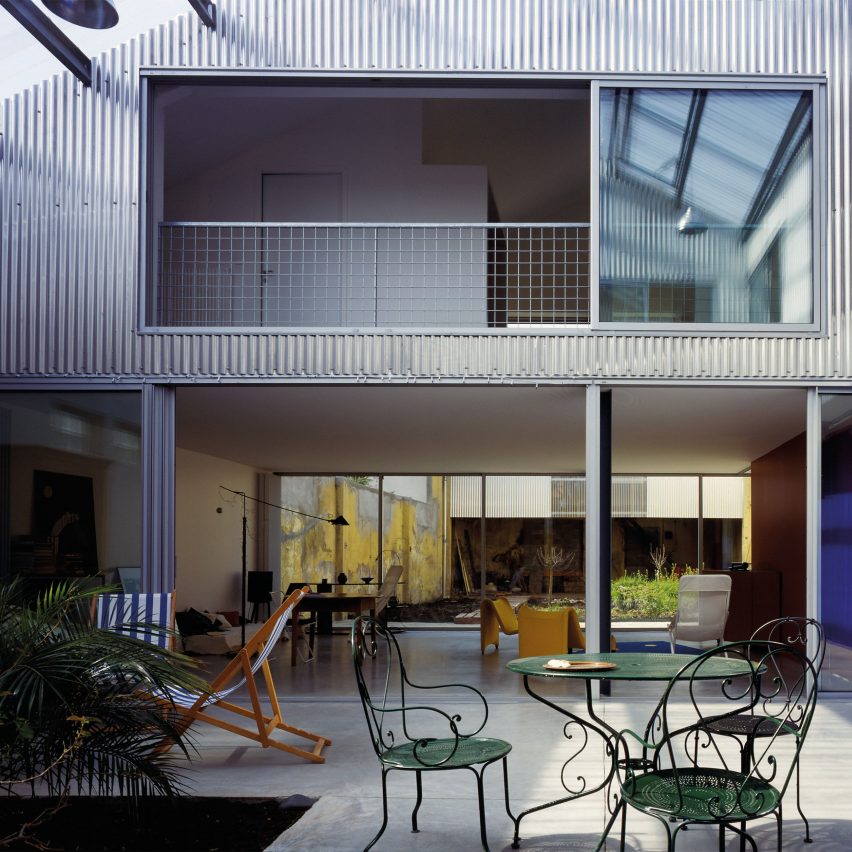
House in Bordeaux, 1999, Bordeaux
A former biscuit factory was overhauled to create the House in Bordeaux, a dwelling composed of a sequence of contrasting rooms, beginning with an entrance through a dark garage.
To connect the centre of the house to the outside, the duo removed part of the factory's roof and replaced it with transparent polycarbonate sheeting that introduces natural light and outward views.
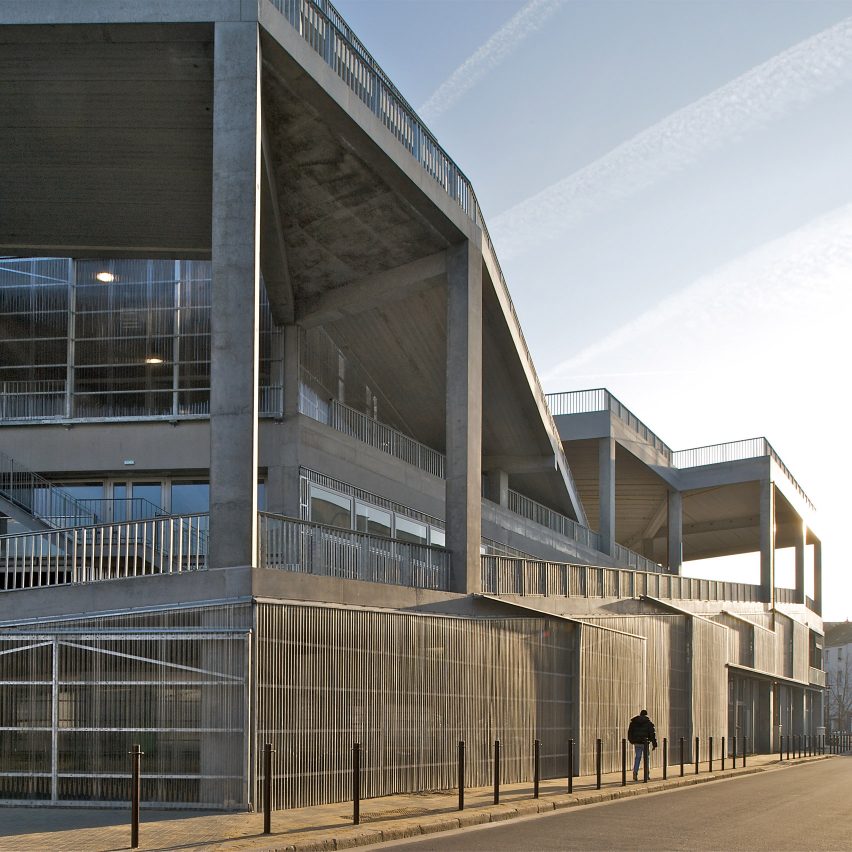
École Nationale Supérieure d'Architecture de Nantes, 2009, Nantes
This architecture school in western France is composed of three tall, glass-lined storeys positioned nine, sixteen and twenty-two metres above ground level, linked by an external ramp.
It uses a lightweight steel structure that gives rise to generously-sized, pared-back interiors and is designed to be easily adapted or extended to meet the changing needs of the school.
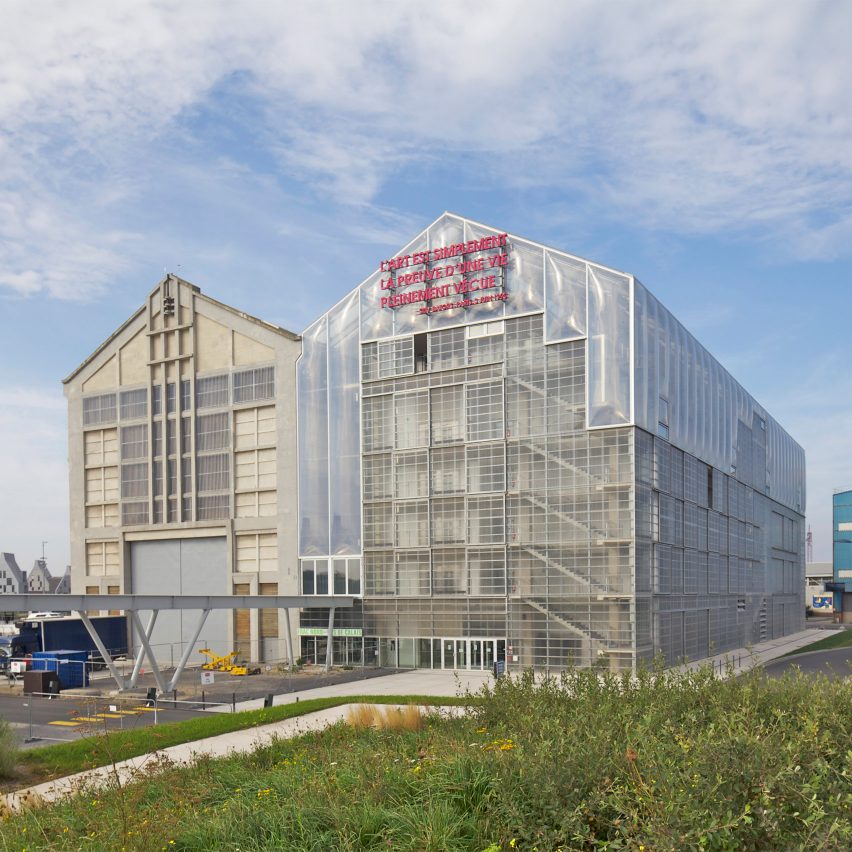
FRAC Nord-Pas de Calais, 2013, Dunkirk
Lacaton & Vassal sensitively restored a derelict shipbuilding workshop and mirrored it with a polycarbonate extension to create the FRAC Nord-Pas de Calais art gallery.
Their design was the winning entry of an architectural competition for the building, which is now home to an international art collection, archival spaces and exhibition halls.
Find out more about FRAC Nord-Pas de Calais ›
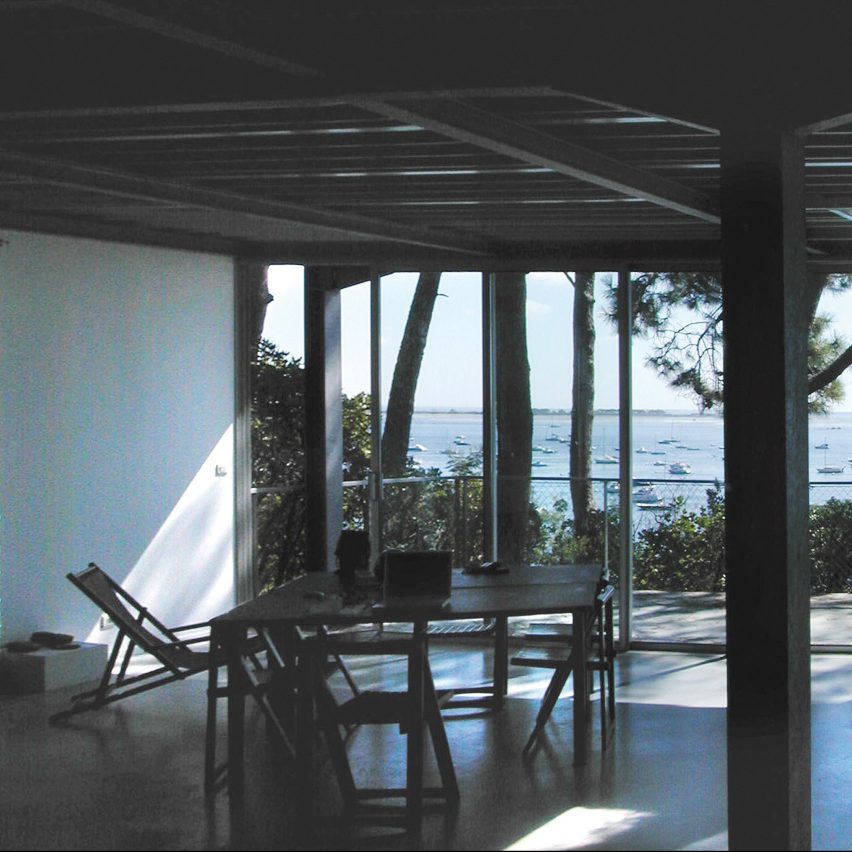
Cap Ferret House, 1998, Cap Ferret
One of the earliest projects on the list is the Cap Ferret House, a private home with open facades and a distinctive metal frame, completed in a stylish residential area on the shore of Arcachon Bay.
It was designed to preserve as much of the building's surroundings as possible, including 46 pine trees – some of which are embedded within the four walls of the building.
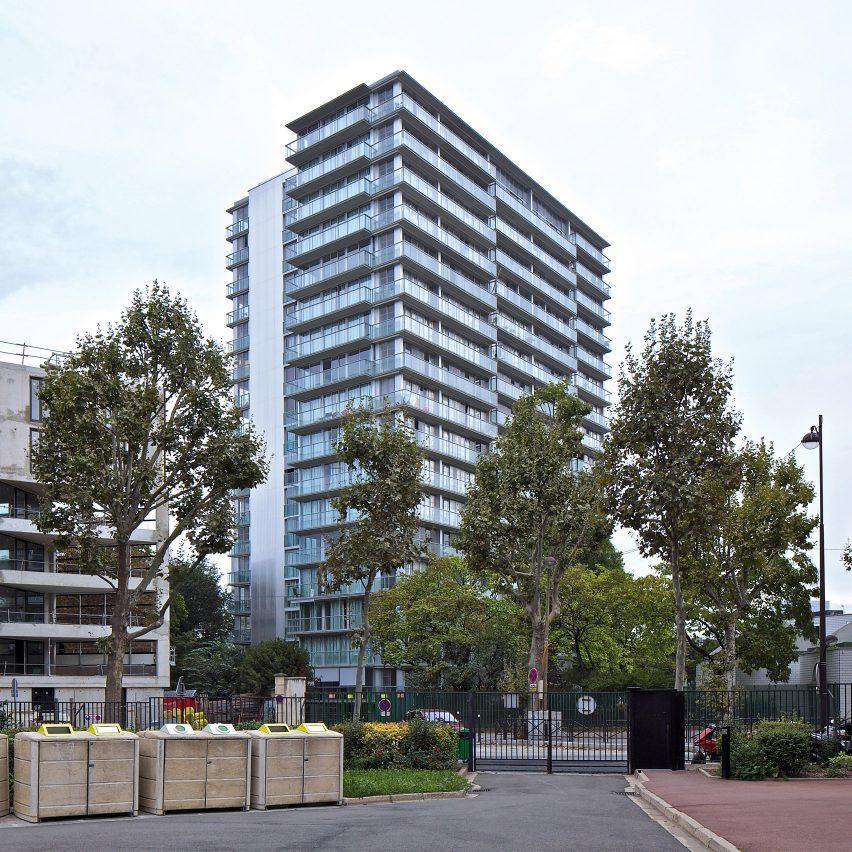
Tour Bois le Prêtre, 2011, Paris
The 16-storey Tour Bois-le-Prêtre, originally designed by French architect Raymond Lopez, was refurbished by Lacaton & Vassal to bring the accommodation up to modern standards.
As part of the project, the duo extended the floorplates to increase apartment sizes and introduce balconies, while also adding a contemporary corrugated aluminium facade.
Find out more about Tour Bois le Prêtre ›

Latapie House, 1993, Floirac
Latapie House is a deliberately simple dwelling composed of a rectangular volume with a metal frame, commissioned by a young family with a low budget.
It is characterised by its opaque fibre-cement frontage on the street side and a contrasting rear facade that is made from transparent polycarbonate sheeting to create a conservatory-like space.
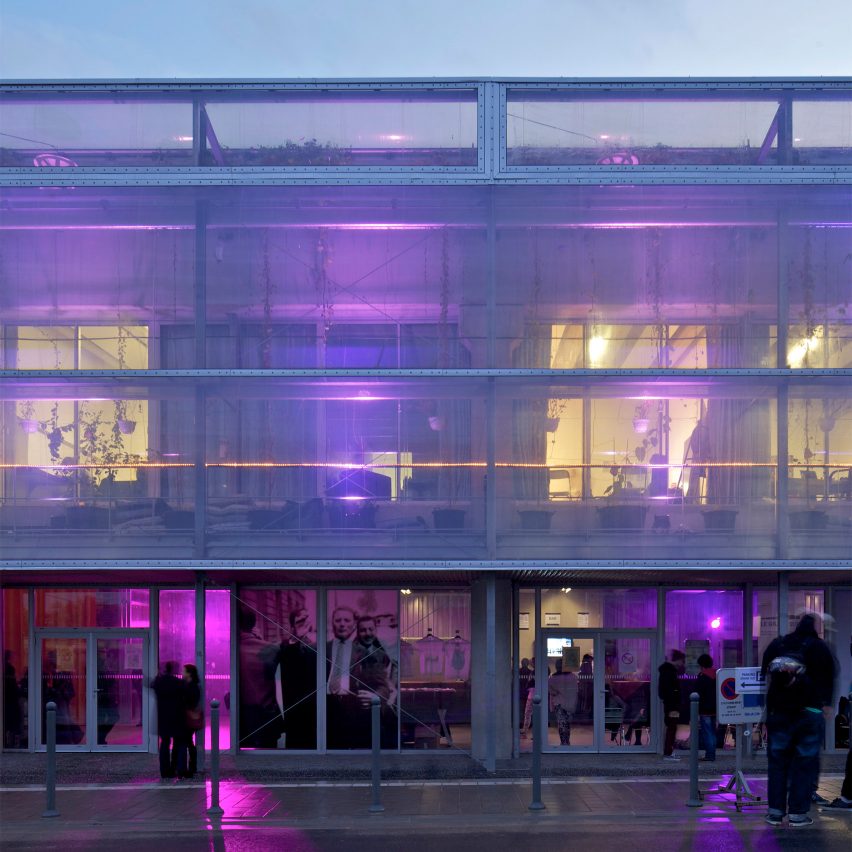
Le Grand Sud Multipurpose Theater, 2013, Lille
This multi-purpose theatre is designed for flexibility, featuring a mobile facade, moveable seating and a system of big curtains and folding doors on rails that allow for various interior configurations.
It is complete with an accessible roof that doubles as a sloped, public garden.
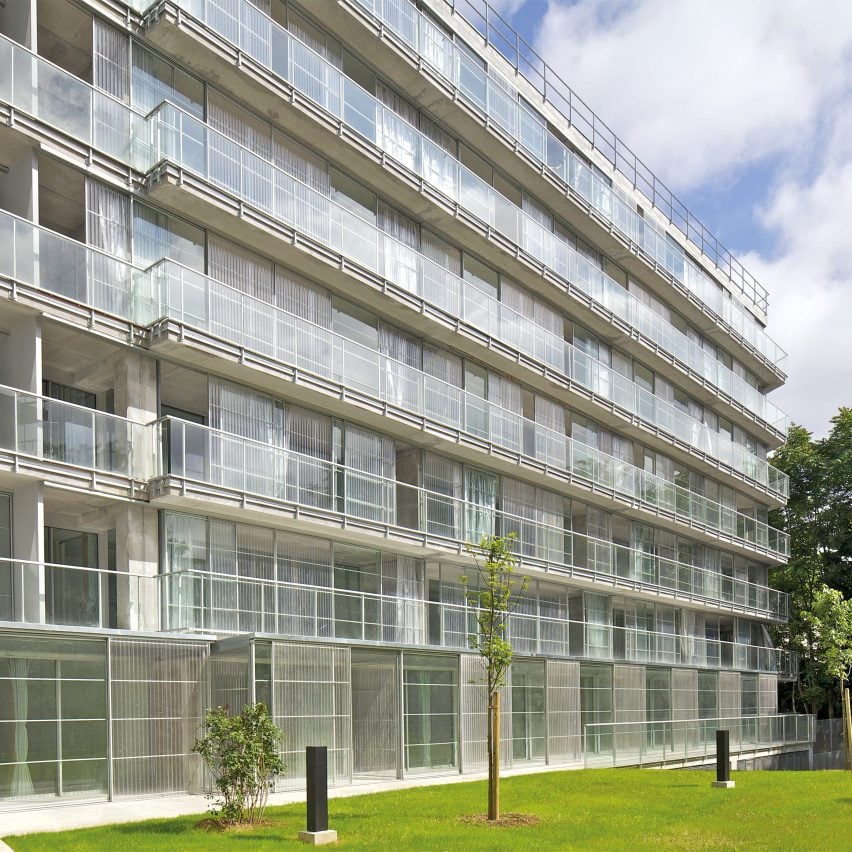
Ourcq-Juarès Student and Social Housing, 2014, Paris
Located in the 19th district of Paris, this residential scheme comprises student residences and social housing as well as a care home and three shops.
Almost all the living rooms and kitchens are positioned overlooking a garden. They also open onto a private winter garden and balcony, to provide occupants with a connection to the outside while ensuring thermal comfort in both summer and winter.
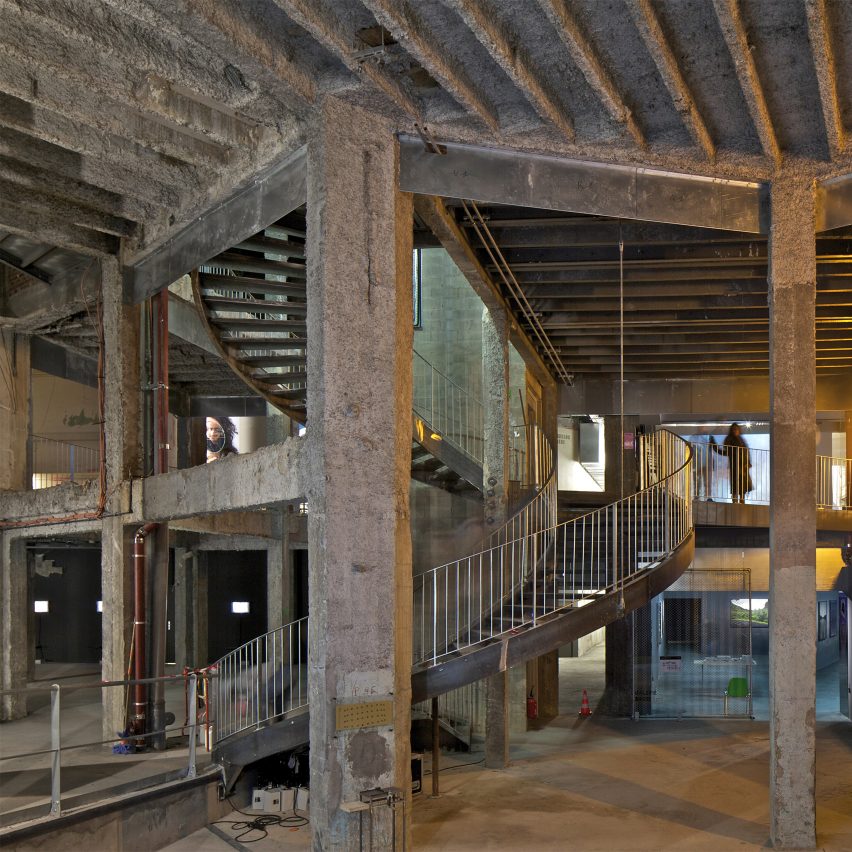
Palais de Tokyo, 2014, Paris
Another major renovation project by the duo was the overhaul of the Palais de Tokyo museum in Paris, which was carried out in two phases in two different decades.
This involved the restoration of the museum while increasing its footprint by 20,000 square metres through the addition of spacious, unfinished underground space.
Photography is courtesy of Philippe Ruault unless stated.